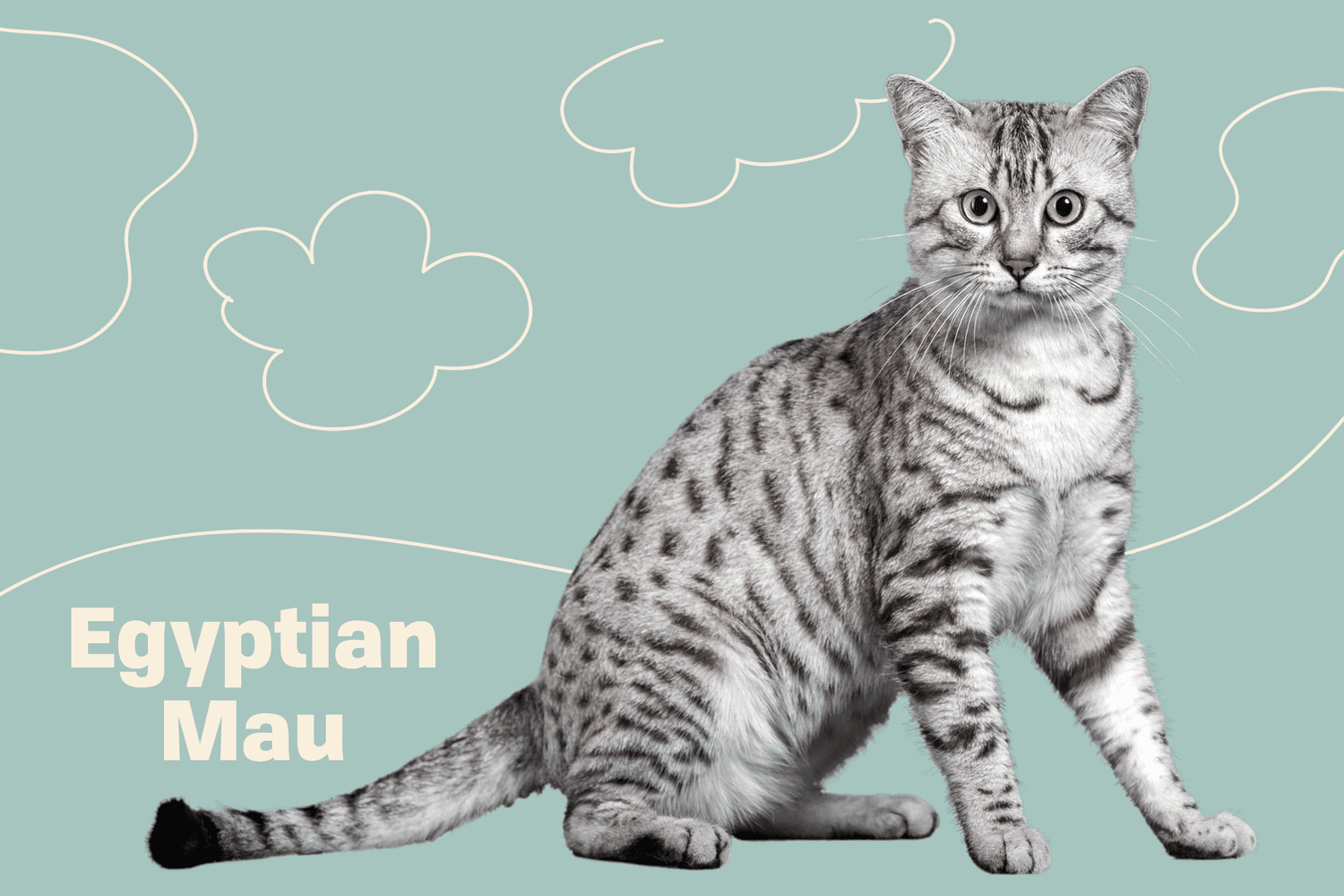Abyssinian Cat Breed: Complete Guide, Care, Training, Choosing Tips, Pros and Cons, and Price
Introduction
The Abyssinian cat, often referred to simply as the “Aby,” is one of the most captivating and ancient cat breeds in the world. With their stunning, ticked coat and playful, affectionate nature, Abyssinians have won the hearts of cat enthusiasts globally. This guide explores everything you need to know about Abyssinians — their origin, behavior, training, care, choosing tips, pros and cons, and even pricing, helping you decide if this active and affectionate breed is the perfect companion for you.
About the Abyssinian Cat
History and Origin
The Abyssinian breed traces its roots back to ancient Egypt. Cats resembling the Abyssinian appear in Egyptian murals and sculptures dating back thousands of years. However, the breed as we know it today was developed in Great Britain during the 19th century. The first Abyssinians were reportedly imported from Abyssinia (modern-day Ethiopia) after the Abyssinian War, giving the breed its name.
Despite this, genetic studies suggest the breed may have originated closer to the Indian Ocean coast and Southeast Asia before being refined in Europe. Today, the Abyssinian remains one of the most recognizable and beloved breeds, known for its elegance, energy, and distinct coat.
Physical Characteristics
- Size: Medium (6 to 10 pounds)
- Body: Lean, muscular, athletic
- Coat: Short, fine, ticked (agouti) coat
- Colors: Ruddy, red, blue, fawn, and silver variations
- Eyes: Almond-shaped, usually gold or green
- Ears: Large, pointed, and expressive
Personality Traits
- Intelligent and highly curious
- Active and playful
- Affectionate but not overly clingy
- Loyal to their owners
- Social with humans and other pets
- Voice: Typically soft, occasional chirps or purrs rather than loud meows
How to Train an Abyssinian Cat
Training an Abyssinian is a rewarding experience because they are highly intelligent and eager to interact.
Step-by-Step Training Guide
- Start Early: Begin training as a kitten if possible. Early socialization ensures better adaptability.
- Use Positive Reinforcement: Reward desired behavior with treats, toys, or affection. Abyssinians respond well to praise.
- Clicker Training: Using a clicker can accelerate the training process. Teach them simple tricks like “sit,” “high five,” and “fetch.”
- Short Sessions: Keep sessions short (5–10 minutes) and frequent to maintain their interest.
- Puzzle Toys: Introduce puzzle feeders and interactive toys that challenge their minds.
- Leash Training: Many Abyssinians enjoy walks! Start with a comfortable harness and practice indoors before venturing outside.
- Discourage Bad Behavior Early: Use gentle redirection techniques rather than punishment. Abyssinians are sensitive to harsh tones.
Pro Tip:
Always make training a game — Abyssinians love a challenge and thrive on interaction!
How to Care for an Abyssinian Cat
Grooming
- Brushing: Once a week is enough. Use a rubber grooming mitt to remove loose hairs.
- Bathing: Rarely needed unless they get particularly dirty.
- Ears: Check weekly for dirt or wax buildup.
- Nails: Trim every two weeks.
Diet
- High-Quality Cat Food: Preferably a high-protein, low-carb diet.
- Fresh Water: Always available.
- Supplements: Omega-3 fatty acids can help maintain coat health.
Health
Common health issues in Abyssinians include:
- Gingivitis and dental diseases
- Patellar luxation
- Progressive Retinal Atrophy (PRA)
- Renal amyloidosis (hereditary kidney disorder)
Tip: Schedule annual veterinary checkups and maintain regular dental hygiene.
Environment and Enrichment
- Climbing Trees and Cat Towers: A must for an active breed.
- Window Perches: They love observing outdoor activities.
- Interactive Playtime: Daily sessions of feather wands, laser pointers, and treat puzzles.
How to Choose an Abyssinian Cat
When choosing an Abyssinian, consider the following:
- Reputable Breeder: Choose breeders registered with organizations like TICA or CFA.
- Health Guarantees: Look for breeders who perform genetic screening.
- Meet the Parents: If possible, meet the kitten’s parents to evaluate temperament.
- Observe Temperament: A good Abyssinian kitten should be playful, curious, and interactive but not overly aggressive or fearful.
- Age: Ideally adopt kittens between 12–16 weeks of age for better socialization.
Warning Signs: Avoid breeders who refuse to let you visit or don’t provide health certifications.
Pros and Cons of Owning an Abyssinian
Pros
✅ Extremely intelligent and easy to train
✅ Loving, loyal, and social companions
✅ Low-maintenance grooming needs
✅ Energetic and playful — entertaining to watch
✅ Generally healthy with proper breeding
Cons
❌ High activity level — needs daily interaction
❌ May become bored easily if left alone
❌ Sensitive to changes in routine or environment
❌ Not a “lap cat” — prefers active companionship
❌ Can be pricey and harder to find from quality breeders
Abyssinian Cat Price Range
| Type | Price Range (USD) |
|---|---|
| Pet Quality Kitten | $800 – $1,500 |
| Show/Breeding Quality | $1,500 – $3,000+ |
| Adoption (Rescue) | $100 – $300 |
Prices vary based on pedigree, breeder reputation, location, and whether the cat is pet or show quality. Keep in mind that initial costs don’t include supplies like carriers, litter boxes, scratching posts, food, or veterinary care.
Final Thoughts: Is the Abyssinian Right for You?
If you’re seeking an active, intelligent, and affectionate cat who will keep you entertained and be an interactive member of the family, the Abyssinian might be your perfect match. However, if you prefer a more relaxed, lap-sitting cat or you’re away from home often, you may want to consider a less energetic breed.
Ultimately, owning an Abyssinian is a joyful experience — full of play, love, and beautiful companionship for those willing to meet their energy and interaction needs.




